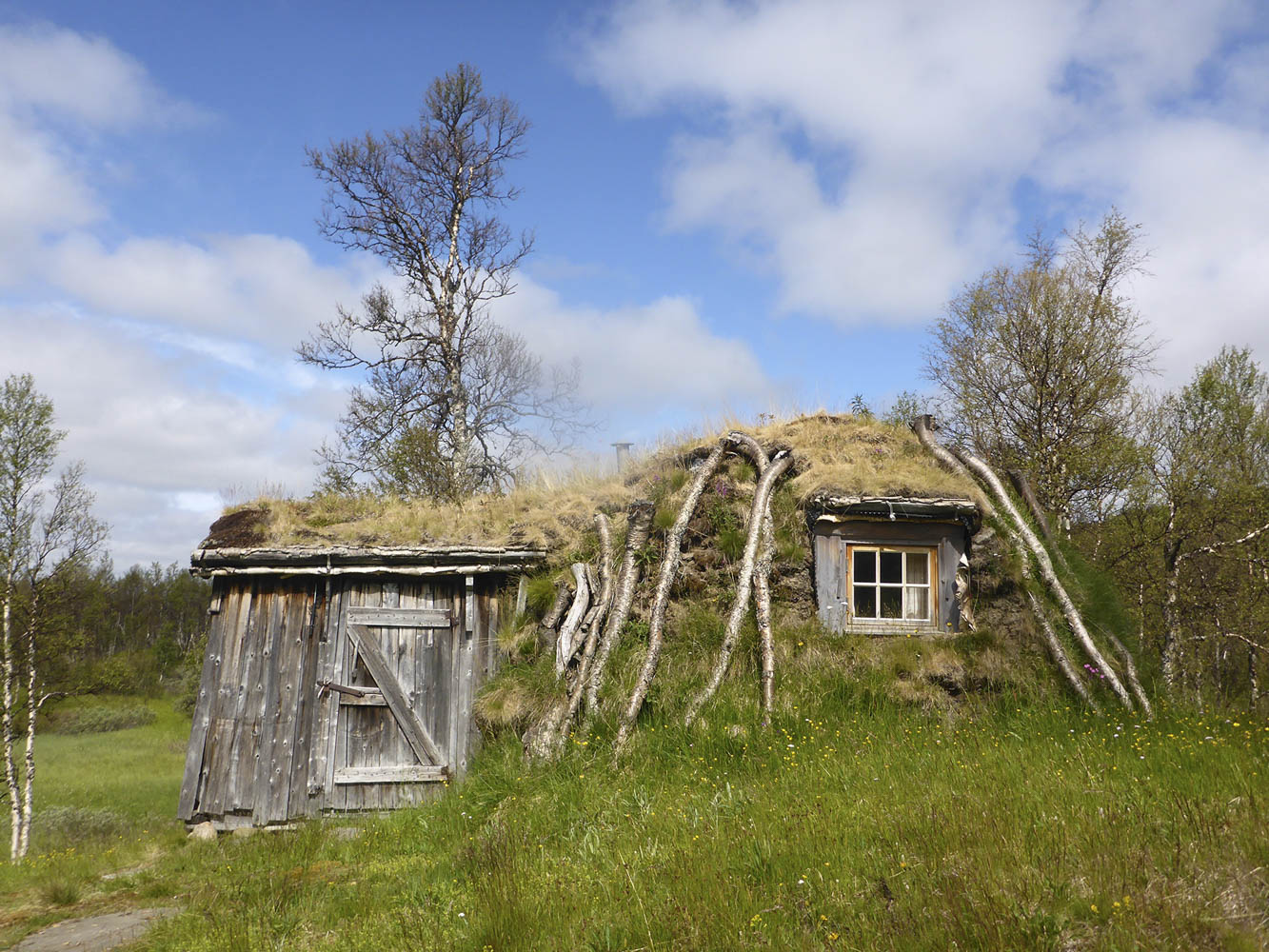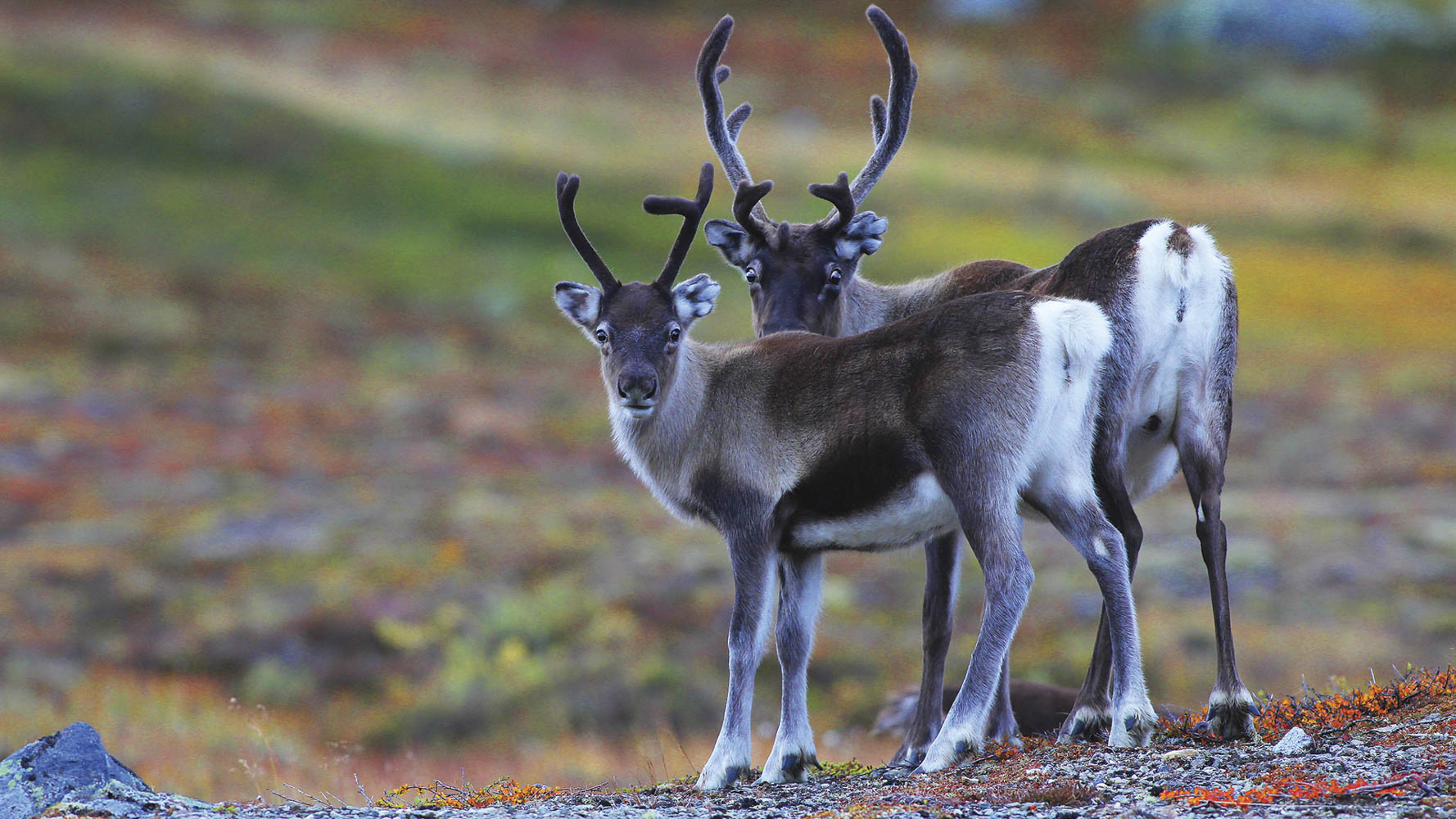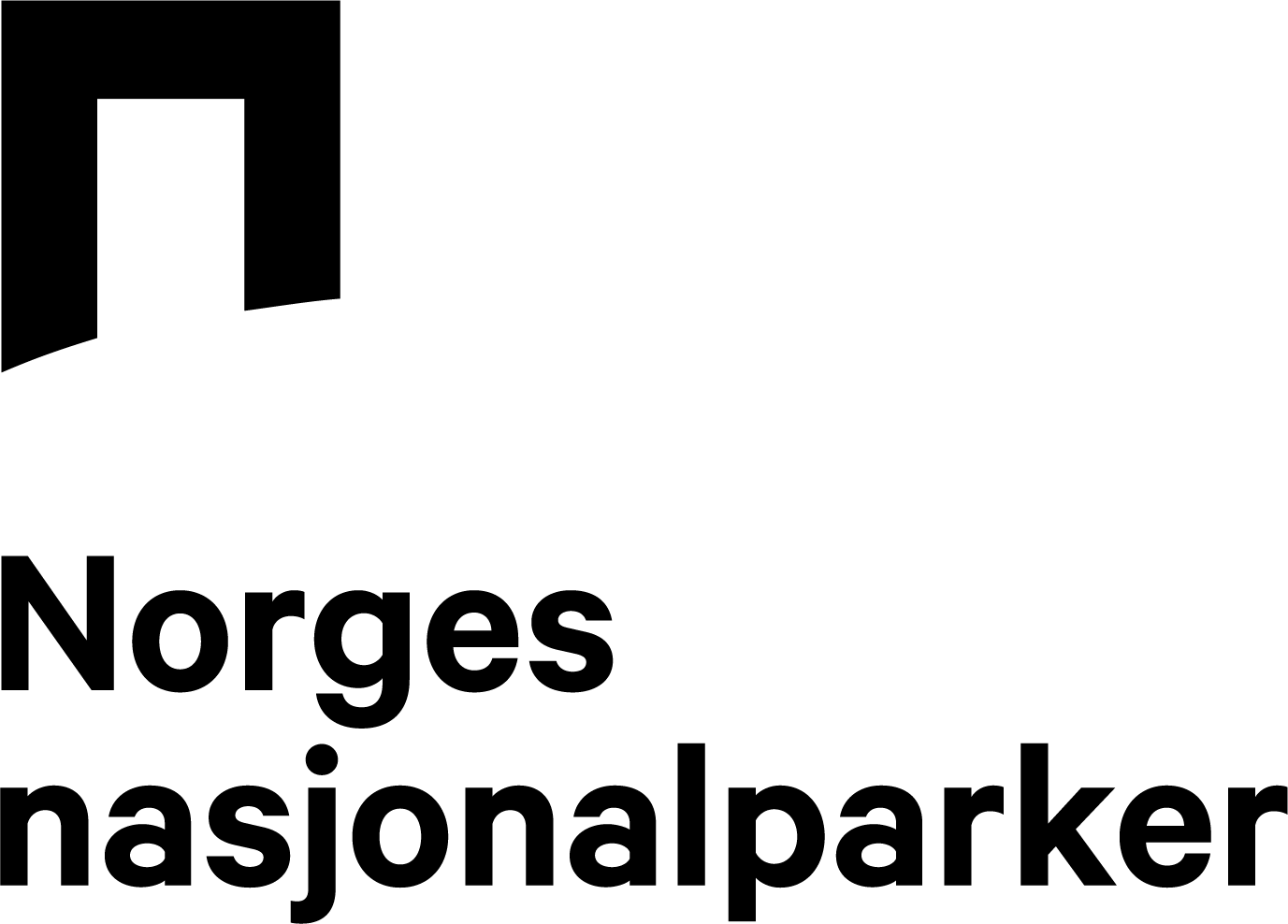≡ Menu

Sámi reindeer husbandry
Sylan is an important grazing area for reindeer. In the spring, the droves from Saanti sitje (Essand) heard their flocks from Femund in the south, up through Sylan towards the calving areas around Meråker and Selbu in the north. In the summer and autumn, Sylan provides important grazing for the reindeer before they head south on their natural migration route to the winter grazing at Femund. Some reindeer may remain in Sylan over the winter.
Reindeer herding today is still nomadic; however, nowadays it is a far more extensive operation where reindeer meat is the main product.
Sámi reindeer husbandry
Sylan is an important grazing area for reindeer. In the spring, the droves from Saanti sitje (Essand) heard their flocks from Femund in the south, up through Sylan towards the calving areas around Meråker and Selbu in the north. In the summer and autumn, Sylan provides important grazing for the reindeer before they head south on their natural migration route to the winter grazing at Femund. Some reindeer may remain in Sylan over the winter.
Reindeer herding today is still nomadic; however, nowadays it is a far more extensive operation where reindeer meat is the main product.


Sámi cultural landscape
The landscape in Sylan has always been shaped by the presence of reindeer. There are traces of all the different ages of Sámi in Sylan from trapping to nomadic herding to reindeer husbandry.
The Sámi settlements Essandheim and Pilråa are situated east of Lake Esandsjøen. This south Sámi cultural environment is of considerable conservation value.
Rules: Reindeer grazing
As a hiker, show consideration and remember:
- Keep a distance from grazing reindeer
- Let reindeer herds pass by in peace.
- Pay extra attention to reindeer in the winter in the spring during calving season.
- Keep dogs on a leash.
- Leave reindeer gathered on snow drifts alone in the summer. The reindeer are standing there to avoid insects and to cool down.
- Enjoy the beautiful sight of reindeer – use binoculars!


Rules: Reindeer grazing
As a hiker, show consideration and remember:
- Keep a distance from grazing reindeer
- Let reindeer herds pass by in peace.
- Pay extra attention to reindeer in the winter in the spring during calving season.
- Keep dogs on a leash.
- Leave reindeer gathered on snow drifts alone in the summer. The reindeer are standing there to avoid insects and to cool down.
- Enjoy the beautiful sight of reindeer – use binoculars!

The 8 seasons of the Sámi reindeer herding year
Gijre-daelvie / Vår-vinter: Reinen trekker nordover fra Femundstraktene og mot kalvingslandet. De flytter.
Girje / Vår: Kalving.
Girje-giesie / Vår-sommer: Reinen trekker ned på grøntbeite i dalene.
Giesie / Sommer: Merking av kalv. I varmt vær trekker reinen høyt til fjells blant annet for å unngå innsekt.
Tjaktje-giesie / Høst-sommer: Førbrunstslakting og ettermerking.
Tjaktje / Høst: Brunst. Bukkene skaffer harem før parring.
Tjaktje-daelvie / Høst-vinter: Reinen vil trekke sørover – slakting.
Daelvie / Vinter: Reinen trekker mot vinterlandet i Femundstraktene. De flytter.
Sylan protected landscape is an important grazing area for reindeer to graze and Sámi reindeer husbandry.
Most of the reindeer still migrate south to winter pastures in the Femund region as they have since time immemorial.
The seasonal migrations between winter and summer grazing vary depending on the weather and driving conditions. Traditionally, the calendar year for reindeer herding runs from spring to winter. In March/April, the first herds start moving back from the areas around Femund. From the middle of April, the rest of the herd returns to Saanti Sijte as calving time approaches. The spring and early summer, the herds move to Sondalen and Skrøydalen or towards Stordalen depending on the weather and herding conditions. It is in these areas that the earliest matings start. Here, the herds spread out across a large area from Skarvan and south to Ruten and eat towards the Swedish border. Calving takes place in all these areas. After calving, the females and calves move down to the low-lying areas of Stordalen, Torsbjørkdalen and Roltdalen.
Over the summer, the reindeer gradually move up the mountainside grazing as the snow disappears.
In July, it is time for the calves to be id-marked, so the whole herd gathers at the large grazing pen at Skarpdalen. Skarpdalen lies to the east of Fongen massif in Meråker municipality and north of Sylan. A large part of the herd gathers in the mountain areas between Fongen and Skarvan. When all the reindeer have gathered in these areas, they are herded towards the large-penned grazing areas so the calves can be marked. After the calves are id-marked, the reindeer spread out over the whole district. In the autumn, the reindeer are herded for slaughter in Skarpdalen.
When the rut is over in late autumn, the bucks leave. The reindeer remain Sylan until the snow and ice conditions on the lake make it possible to move to the winter pasture at Femund. The reindeer then move in large herds.
Essand reindeer grazing district / Saanti Sijte has a population of approx. 4600 reindeer on winter pasture. Close to 3000 calves also come to graze on dry land pasture. The district has 9 operating units. Reindeer husbandry is dependent on the areas being preserved and as intact and untouched as possible from technical activities, such as: cabin construction, road construction and the development of hydropower. That is why those working with reindeer were initially positive about making the area protected. However, the creation of Sylan Protected Landscape has had unwanted side-effects on reindeer herding. The area can become more attractive as a tourist destination. It will lead to increased activity in the area, which in turn may be having a negative impact on Sámi reindeer herding. Modern reindeer husbandry is completely dependent on grazing conditions, weather conditions, and the conditions for herding which all vary from year-to-year.

Sámi cultural relics
In early days the Sámi hunted wild reindeer using trapping pits. Trapping-based reindeer herding was gradually replaced from about the 17th century by nomadic herding. The entire family moved around the countryside with the reindeer throughout the year, herding them to different pastures.
They lived in turf huts or tents and lived off the land and the reindeer. There are cultural relics from different eras of reindeer herding in Sylan. Many of the Sámi cultural relics are quite easy to miss as you move about the countryside, so there are probably many cultural relics in the national park that have gone unnoticed.
Contact us
The National Park for Skarvan and Roltdalen and Sylan
Postbox 2600
7734 STEINKJER
Tel: 73 19 92 20
Email: fmtlmsb@statsforvalteren.no
